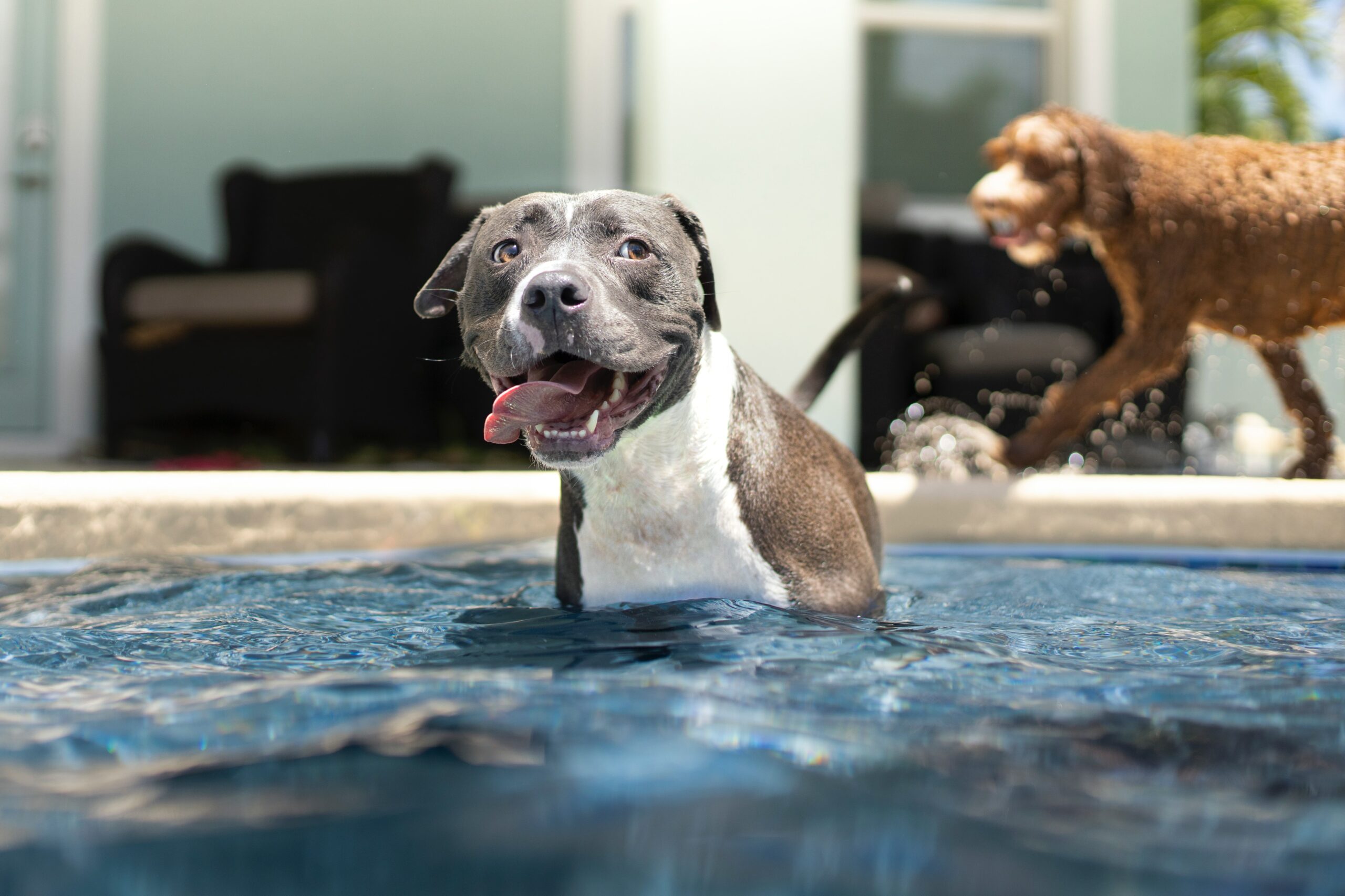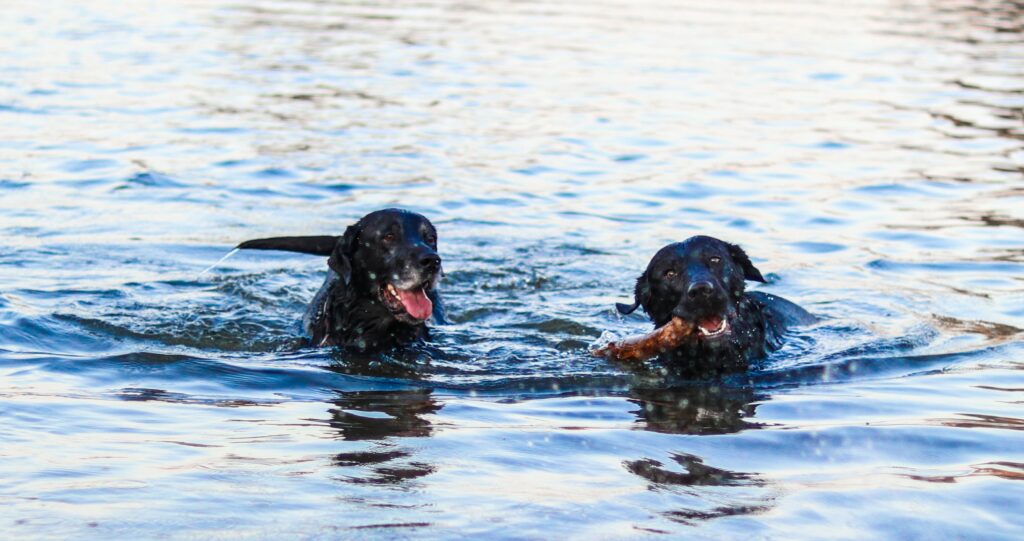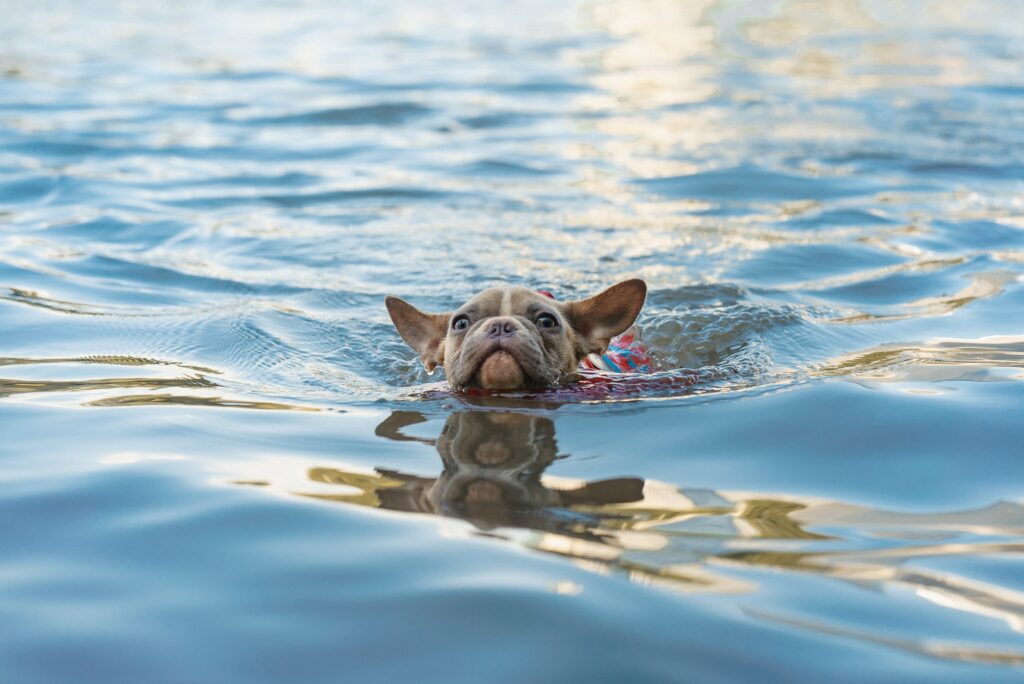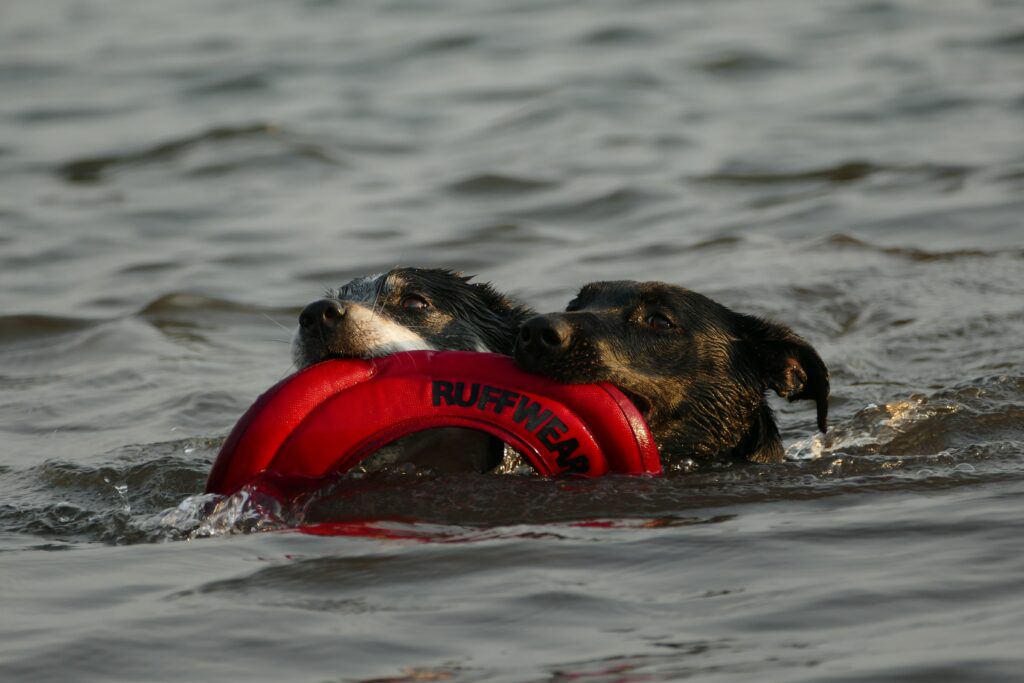Can Dogs Really Swim In Pools?
Dogs Benefits From Swimming
Swimming is a great way to exercise, soothe sore muscles and improve overall health. Dogs can benefit from swimming as well.
Dogs are natural swimmers, and they love the water. Many dogs will jump in the pool or lake without a second thought. However, dogs should not be allowed to swim without supervision at all times. In fact, it’s important for owners to know what dangers could be lurking in the water that could harm their dog.
Benefits of Swimming for Dogs
Swimming offers many benefits to both you and your dog:
1. Swimming is an excellent form of physical therapy for dogs with mobility issues, especially those recovering from surgery or injury.
2. Swimming can help relieve stress and anxiety in dogs, which can lead to better behavior.
3. Swimming can dramatically improve the quality of life for older dogs by keeping them physically fit and mentally stimulated as they age.
4. Swimming is a great way for owners to bond with their dogs as they enjoy time together at the beach or poolside!
5. If you have multiple dogs, swimming is an excellent way for them to get exercise together without having to worry about separating them from each other while they play!
6. Swimming helps reduce shedding by expelling water through the coat while they swim!
7. The act of swimming itself will help clean dirt and debris from your dog’s fur that otherwise would not be removed by brushing alone!
It also:
Strengthens muscles — Swimming is one of the best ways to strengthen muscles and increase stamina in dogs. This can help them stay healthy and happy for years to come. It also increases flexibility, which helps prevent injuries later on in life when exercising becomes more strenuous or difficult for aging pets.
Reduces stress — As with humans, swimming can reduce stress levels in dogs by engaging their minds while providing physical activity that gets their hearts pumping and blood flowing more efficiently through their bodies. This allows them to release any pent-up energy they may have been feeling before beginning this activity with you so they’re less likely to become destructive later on in the day when they’re bored again.
Not All Dogs Can Swim
| Top Swimmer Dog Breeds | Dog Breeds That Can’t Swim |
| Irish Water Spaniel | Bulldogs |
| Lagotto Romagnolo | Pugs |
| Newfoundland | Bull Terriers |
| Otterhound | Basset Hounds |
| Gordon Setter | Boxers |
| Brittany | Corgis |
| Portuguese Water Dog | Dachshunds |
| Labrador Retriever | Shih Tzus |
There are some dogs who just can’t swim. These dogs have a natural instinct to avoid water. There are many reasons why dogs do not like to swim. Most of the time, these dogs are scared of the water and don’t know how to swim. If your dog falls in the category of those who cannot swim, you need to take precautions against this behavior.
Dogs have different swimming abilities based on their breed, size and personality. Some breeds of dogs are bred for specific purposes such as hunting or herding sheep. They may not be able to swim because it’s not part of their job description. Other breeds will naturally avoid water because they don’t want to get wet or simply do not like it!
Some dogs can be trained to swim but others won’t ever pick up on it no matter how hard we try! If your dog seems like he never wants anything to do with water then he probably is one of these breeds that just cannot learn how to swim!
There are some dogs that are natural swimmers, while others have a harder time getting their feet wet. Even if your dog is a natural swimmer, you should still test the waters to see if your dog knows how to swim.
First and foremost, never force your dog into water. If they are not comfortable in the water and try to jump in, the water can go up their nose and cause them to drown. Instead, teach them how to get in safely on their own by having them jump in from a dock or shoreline that’s shallow enough for them to wade into.
Once they’re comfortable with this step, start teaching them swimming basics like paddling forward and back with their feet instead of just floating around with their head above water or paddling on their backside like an otter would. A good way to do this is by holding onto one end of a small towel (or even just part of it) and letting the other end float behind you as you move around in the water together. This will allow him/her to feel out how his/her body moves through the water without risking injury from going too deep or hitting something hard underfoot.
Dog Swimming Pool Safety
Use A Dog Life Jacket
The first step in keeping your dog safe is making sure that he or she can’t fall out of the pool. If your dog likes to swim and has grown comfortable with being in water, then this shouldn’t be an issue at all. However, if you’ve got a timid dog who doesn’t like floating around, then you’ll want to invest in a life jacket before even considering letting him near the water.
The first thing to keep in mind is that dogs have different body types from people and can’t swim as well as humans. This means that if your dog falls into the water, it may not be able to get itself out.
Even if your dog is a natural swimmer, there are still some precautions you should take when letting him join you in the water. For example, older dogs may have arthritis or other joint problems that make it difficult for them to swim long distances or dive under water.
It’s also important to keep an eye on younger dogs who haven’t yet learned how to swim. They may panic and try to climb out of the pool without realizing they don’t know how to do so safely — especially if they’re wearing a collar or leash while swimming.
Make it Fun and Enjoyable
The best way to make it enjoyable for both of you is by playing games while in the pool with your dog. There are many toys that float that your dog can play with while swimming in the pool. You can also use a toy that floats on top of the water and try to toss or kick it down into the water so that your dog will go get it and bring it back to you. This will help keep them interested in staying near you while using up some energy as well!
Can Dogs Swim in Chlorine Pools?
The first thing you need to understand is that chlorine is incredibly toxic for dogs. It can harm their skin and cause burns, which is why most dog owners avoid it at all costs. If your dog does happen to get into chlorine water, the best thing you can do is rinse them off immediately with clean water or wipe them down with a dry towel. You might also want to consider using dish soap on areas of their body that are affected by the chlorine burn.
How Long Can Dogs Swim in Chlorine Pools?
Most veterinarians recommend that dogs not spend more than 20 minutes in a chlorinated swimming pool before they risk getting burned or irritated by the chemicals in the water. This means that if your dog has sensitive skin, they should probably not be swimming at all because it could cause damage to their coat and potentially lead to an infection if left untreated properly.

After Swimming Care
If your dog’s skin appears dry after a few pool days, it’s time to consider adding more moisture to his or her daily care routine. Increased or severe itching, dandruff, and excessive licking are among indicators to watch for. Shampoos and conditioners that moisturize the hair are a wonderful place to start. Bonus points for skin-soothing creams that contain oats. Supplementing your pup’s diet with fish oil can aid with coat and skin moisture. For more serious cases, a veterinarian may need to give a supplement or other treatment.
Unfortunately, swimmer’s ear is not simply a problem for people. When water gets lodged in our dogs’ ears and bacteria starts to grow, they can acquire ear infections. Because a dog’s ear does not drain as efficiently as a human’s, ear infections can be a common problem. Doggy swimmers’ ears can be avoided with regular ear washings and the use of a soft object such as a cotton ball to wipe excess water from the ears. It’s good to know what to look for if this does appear to be a possibility. When they are bothered, some pets will try to scratch deep into their ears or shake their heads repeatedly. The affected area may also be red, heated to the touch, and smell terrible. Consult your veterinarian to see if a cone can help with the healing process while treating an infection. If you have an infection, always visit your veterinarian for thorough antibiotic treatment.
If you want to know how to teach your dog to swim, take a look at this one!






